The Psychlogy of Victorian Eclecticism
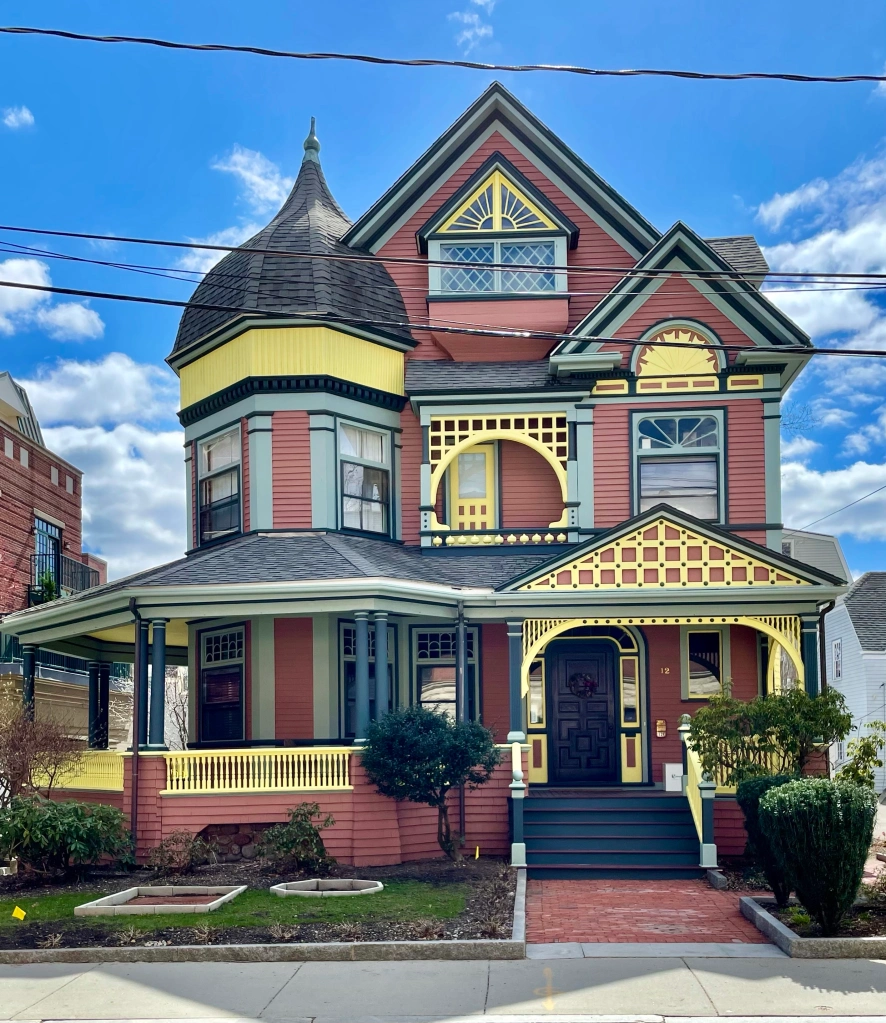
The Psychology of Victorian Eclecticism: A Fusion of Styles
Victorian Eclecticism, prevalent during the reign of Queen Victoria (1837-1901), represents a period of architectural exuberance and diversity. This movement, characterized by its blend of various historical styles, reflects the complex social and cultural landscape of the 19th century. In this exploration, we’ll examine the origins, characteristics, and psychological underpinnings of Victorian Eclecticism.
Historical Context and Key Characteristics
Victorian Eclecticism emerged in a period of rapid industrialization, social change, and global exploration. Key characteristics include:
- Combination of multiple historical styles
- Ornate decorations and intricate detailing
- Use of new materials like iron and glass
- Vibrant color schemes
- Asymmetrical designs
- Bay windows and towers
- High ceilings and spacious rooms
Cultural Context
The rise of Victorian Eclecticism coincided with a period of unprecedented global trade and cultural exchange. The British Empire’s expansion exposed architects and designers to a wide array of styles and motifs from around the world, which they eagerly incorporated into their work. At the same time, the growth of the middle class and the rise of consumerism fueled a demand for fashionable and distinctive architecture that reflected the aspirations and tastes of the newly affluent.
Technological Advances
Victorian Eclecticism was made possible by a range of technological advances that transformed the construction industry. The mass production of ornamental elements, such as cast iron and terracotta, allowed for the rapid and economical decoration of buildings. The development of plate glass and steel framing enabled the creation of vast, light-filled spaces that were impossible with traditional building methods. These innovations allowed architects to experiment with new forms and styles, and to create buildings that were both functional and aesthetically striking.
Political Landscape
The political landscape of the Victorian era was characterized by a tension between tradition and progress, and between the desire for stability and the drive for reform. The eclectic architecture of the period can be seen as a reflection of these competing impulses, with its combination of historical references and modern materials and techniques. The style also reflected the growing power and influence of the British Empire, with its incorporation of exotic motifs and its celebration of the nation’s global reach.
Key Innovators
Several influential architects and designers were at the forefront of Victorian Eclecticism, including:
Sir Charles Barry: British architect best known for his design of the Houses of Parliament in the Gothic Revival style.
A.W.N. Pugin: British architect and designer who was a leading proponent of the Gothic Revival style and collaborated with Charles Barry on the Houses of Parliament.
Sir George Gilbert Scott: British architect who designed numerous churches, public buildings, and country houses in a variety of styles, including Gothic, Italianate, and Romanesque.
Owen Jones: British architect and designer who was a key figure in the development of Victorian Eclecticism, known for his use of vibrant colors and exotic motifs.
Related Architectural Styles
Victorian Eclecticism encompasses a wide range of architectural styles that were popular during the 19th century, including:
Gothic Revival: A style that drew inspiration from medieval Gothic architecture, characterized by pointed arches, ribbed vaults, and ornate decoration.
Italianate: A style that was inspired by the architecture of the Italian Renaissance, featuring low-pitched roofs, tall windows, and ornate brackets.
Queen Anne: A style that combined elements of Gothic, Renaissance, and Baroque architecture, known for its asymmetrical facades, bay windows, and ornate gables.
Dialectical Materialist Perspective
From a dialectical materialist viewpoint, Victorian Eclecticism represents a synthesis of:
- Industrial capabilities allowing for mass-produced ornamental elements
- Colonial expansion bringing diverse cultural influences
- Rising middle class seeking to display wealth and taste
- Tension between tradition and modernity
The style emerged from the contradiction between the desire for historical continuity and the reality of rapid social and technological change. It embodied the tension between the celebration of the past and the embrace of the future, and between the pursuit of individual expression and the conformity to social norms.
Jungian Depth Psychology Analysis
Through a Jungian lens, Victorian Eclecticism embodies:
- The Persona: Elaborate facades as a collective mask of respectability
- The Shadow: Excessive ornamentation potentially compensating for repressed aspects of Victorian society
- The Self: Attempt to integrate diverse elements into a cohesive whole
The ornate and eclectic facades of Victorian buildings can be seen as a manifestation of the Persona archetype, representing the public face that individuals and society present to the world. The excessive ornamentation and historical references may also be interpreted as a compensation for the repressed aspects of Victorian society, such as poverty, inequality, and social unrest, which were often hidden behind a veneer of respectability. The attempt to integrate diverse styles and influences into a cohesive whole can be seen as an expression of the Self archetype, representing the quest for wholeness and individuation.
Ego Perspective: Assertions and Insecurities
Victorian Eclecticism served to:
- Assert social status and cultural sophistication
- Project an image of worldliness and knowledge
- Express the complexity and diversity of the era
It also revealed insecurities about:
- Rapid social mobility and changing class structures
- Cultural identity in an era of global expansion
- Moral and social anxieties beneath a veneer of respectability
The eclectic architecture of the Victorian era can be seen as an assertion of social status and cultural sophistication, as well as a projection of worldliness and knowledge. The incorporation of diverse styles and motifs from around the world served to express the complexity and diversity of the era, and to demonstrate the cultural and intellectual prowess of the British Empire. However, the style also revealed underlying insecurities about rapid social change, cultural identity, and moral and social anxieties that were often masked by a veneer of respectability.
Lasting Influence, Criticisms, and Modern Context
While pure Victorian Eclecticism is rarely replicated today, its influence can be seen in neo-Victorian styles and in contemporary approaches that blend diverse influences. The style has been criticized for its excessive ornamentation and its lack of coherence, as well as for its association with the social and political inequalities of the Victorian era. However, its legacy lies in challenging notions of purity in architectural style and embracing complexity and diversity in design.
In the modern context, Victorian Eclecticism has experienced a resurgence of interest, particularly in the fields of interior design and heritage conservation. The style’s emphasis on craftsmanship, detail, and historical references resonates with many contemporary designers and consumers who are seeking to create spaces that are both functional and aesthetically rich. At the same time, the social and political implications of the style continue to be debated, as architects and designers grapple with issues of cultural appropriation, authenticity, and the role of architecture in shaping social norms and values.
Bibliography and Further Reading
- Crook, J. M. (1987). The Dilemma of Style: Architectural Ideas from the Picturesque to the Post-Modern. University of Chicago Press.
- Dixon, R., & Muthesius, S. (1985). Victorian Architecture. Thames & Hudson.
- Hitchcock, H. R. (1954). Early Victorian Architecture in Britain. Yale University Press.
- Jenkyns, R. (2004). The Victorians and Ancient Greece. Harvard University Press.
- Long, H. C. (2002). Victorian Houses and Their Details: The Role of Publications in Their Building and Decoration. Architectural Press.
- Macleod, D. S. (1996). Art and the Victorian Middle Class: Money and the Making of Cultural Identity. Cambridge University Press.
- Muthesius, S. (1972). The High Victorian Movement in Architecture 1850-1870. Routledge & Kegan Paul.
- Pevsner, N. (1951). The Buildings of England: London, Except the Cities of London and Westminster. Penguin Books.
This in-depth exploration of the Psychology of Victorian Eclecticism provides a comprehensive analysis of the movement’s historical context, key characteristics, cultural significance, technological influences, political backdrop, key innovators, related styles, and enduring legacy. By examining the style through the lenses of dialectical materialism, Jungian psychology, and ego psychology, this article offers insights into the complex interplay of social, economic, and psychological forces that shaped this influential movement and its lasting impact on architecture and design. The bibliography and further reading list provide a wealth of resources for those interested in further exploring the fascinating world of Victorian Eclecticism.
Read about the Psychology of Other Styles of Architecture
The Psychology of Architecture
The Psychology of Architecture









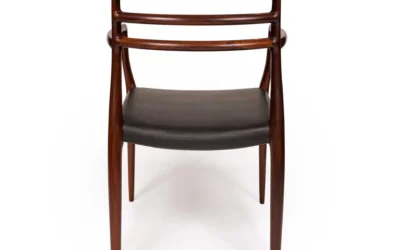


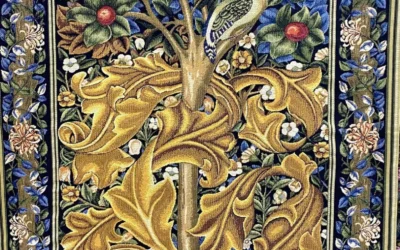




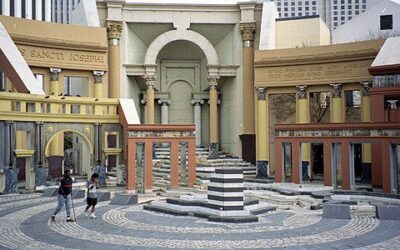
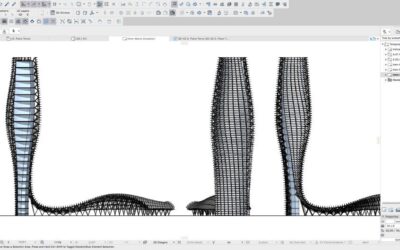
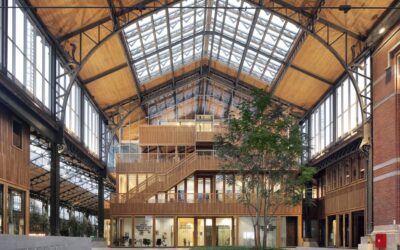


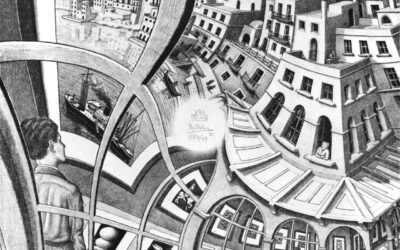

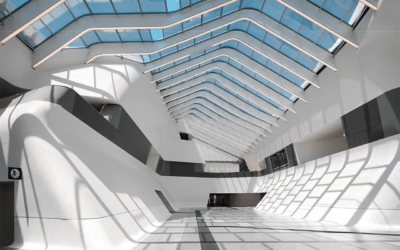
0 Comments